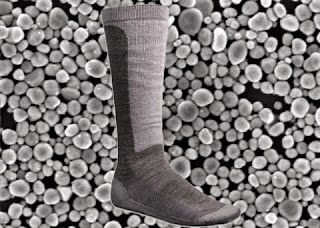Figure 1: Graphic Depiction of the space race
Space technology and advancement would not have been possible
without advertisement from art against the opposing countries in the space race
and in NASA and beyond. Art has also done a great job of depicting the space
race, mostly in the movie department. In the past half century, there have been
three major movies that romanticize the technological advancements in both the
space race and in working towards re-landing on the moon (Dutch).

Figure 2: October Sky
The movie October sky, which came out in 90’s and is based
on a true story of a boy that lead his group of high school friends in
successfully launching his own rocket after watching the Russian Sputnik satellite
travel in the sky. The movie caught the eye of many young students, myself
included, to continue to pursue their passion in the sciences. Depicting the engineering
process as a very fun and beneficial one. I know for me personally it swayed me
towards the sciences after I watched it. In addition to the movies about the
engineering process there are also a good number of movies about the danger
that can come from outer space.

Figure 3: Gravity the Movie
In the movie Gravity, depicted above, the crew of the space
station has to deal with debris coming towards their ship. These types of
movies lead to a different motivation for engineering, motivating saving the
planet from extraterrestrial items. Hollywood
overall has vastly helped the advancement of space technology. Further displaying
the relation between the sciences and art. These two, while considered to be
independent, art has helped to drive space technology moving forward.
References:
1. Anderson, Ross. The Best Way to Find Aliens: Look for Their Solar Power Plants. The Atlantic. 4 Oct 2012. Web. 18 May 2015. Link.
2. Dubner, Stephen. Is Space Exploration Worth the Cost? A Freakonomics Quorum. Freakonomics. 11 Jan 2008. Web. 18 May 2015. Link.
3. Garland, Joe. The Kardashev Scale – Type I, II, III, IV & V Civilization. Quarks & Quasars. 19 Jul 2014. Web. 16 May 2015. Link.
4. Majumdar, Nivedit. When Will We Go Interstellar – Part 1. Yaabot. 1 June 2014. Web. 18 May 2015. Link.
5. Venable, Nick. Google X Confirms Attempts At Space Elevators And Hoverboards. Giant Freaking Robot. 16 April 2014. Web. 18 May 2015. Link.
6. Yarow, Jay. Bill Gates Disses Tech Billionaires Spending Their Free Time On Space Rockets: I Don't See How It Improves Humanity. Business Insider, Tech. 8 Aug 2013. Web. 18 May 2015. Link.
2. Dubner, Stephen. Is Space Exploration Worth the Cost? A Freakonomics Quorum. Freakonomics. 11 Jan 2008. Web. 18 May 2015. Link.
3. Garland, Joe. The Kardashev Scale – Type I, II, III, IV & V Civilization. Quarks & Quasars. 19 Jul 2014. Web. 16 May 2015. Link.
4. Majumdar, Nivedit. When Will We Go Interstellar – Part 1. Yaabot. 1 June 2014. Web. 18 May 2015. Link.
5. Venable, Nick. Google X Confirms Attempts At Space Elevators And Hoverboards. Giant Freaking Robot. 16 April 2014. Web. 18 May 2015. Link.
6. Yarow, Jay. Bill Gates Disses Tech Billionaires Spending Their Free Time On Space Rockets: I Don't See How It Improves Humanity. Business Insider, Tech. 8 Aug 2013. Web. 18 May 2015. Link.




.jpg)

.jpg)


